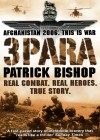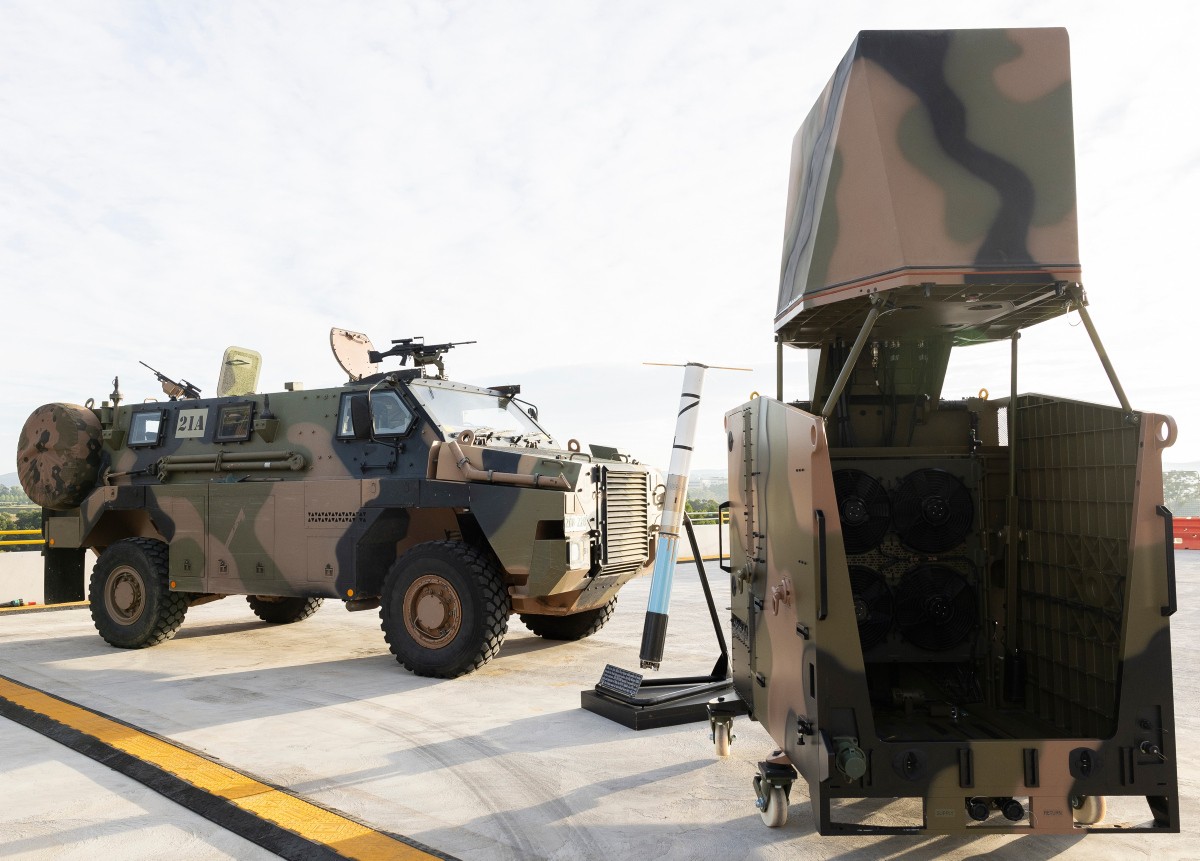Book Review - 3 Para
3 Para
Written by: Patrick Bishop,
HarperCollins, London, 2007,
ISBN: 9780007257805, 289 pp.
Reviewed by: James Cameron
3 Para is an absorbing account of the British 3rd Parachute Battalions six month deployment in Afghanistan’s Helmand Province in 2006. This book should be essential reading for Australian Army personnel who are preparing to deploy to Afghanistan, or for those who have served there and wish to compare their experiences with those of the British forces. The narrative is sourced almost entirely from interviews with the soldiers themselves, and reflects the intensity of their day-to-day experiences on the ground. Although different from the Australian area of operations in Oruzgan province, many similarities exist, and numerous instructive insights can be garnered from Patrick Bishops account.
3 Para provides a vivid and thorough assessment of Taliban tactics, psychology, and weaponry which they employed sometimes to devastating effect. The Taliban proved themselves to be a ‘maniacally determined’, tough, cunning, aggressive, competent, organised, patient and resilient opponent who used their familiarity with the terrain to initiate well planned and coordinated ambushes. Furthermore, the attacks continued regardless of whether the Taliban suffered appalling losses. The insurgents were motivated by fanatical religious zeal reinforced by a sense of national liberation and a wish to defeat the British as Afghans had done in the nineteenth century. After reading 3 Para, one is under no illusion about what a formidable adversary the Taliban are. Their collapse in late 2001 under a combined assault of US bombing and the Northern Alliance is widely known but one must also accept that the fighting skills of the Taliban deserve more credit.
The book is valuable for other reasons. It shows how the men of the 3rd Parachute Battalion coped with the loss of popular comrades, and how officers acted to bolster morale at these times, which was usually very high. The ethos of ‘cracking on amongst the Paras must be admired, to simply continue with the job, despite setbacks. The perplexing and challenging nature of Afghan politics and society in Helmand is explained, as well as British frustrations at the multiple and often conflicting layers of command and control within the Coalition structure.
Unfortunately Bishops style lacks direction and he comes to few strong conclusions on British and Coalition operations in Afghanistan. Often the book feels like an ad hoc series of tense and violent incidents. Overall 3 Para is too action-focused and lacks the big picture perspective. Confusingly several chapters deal almost exclusively with the Royal Irish Regiment and the Gurkhas, despite the book’s title. Yet even with these drawbacks, 3 Para contains a plethora of useful and fascinating insights for Australian military personnel into the nature of the enemy they face in Afghanistan, and how the struggle against such a determined adversary may be won, both militarily and in terms of ‘hearts and minds’



